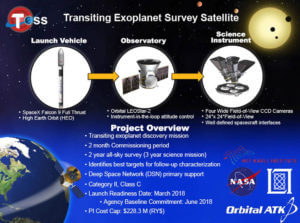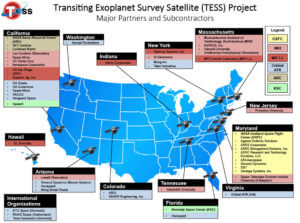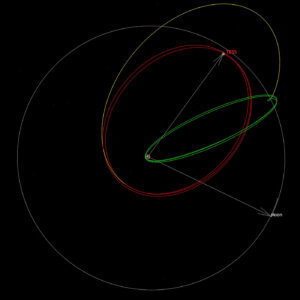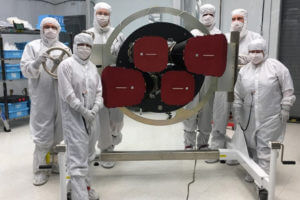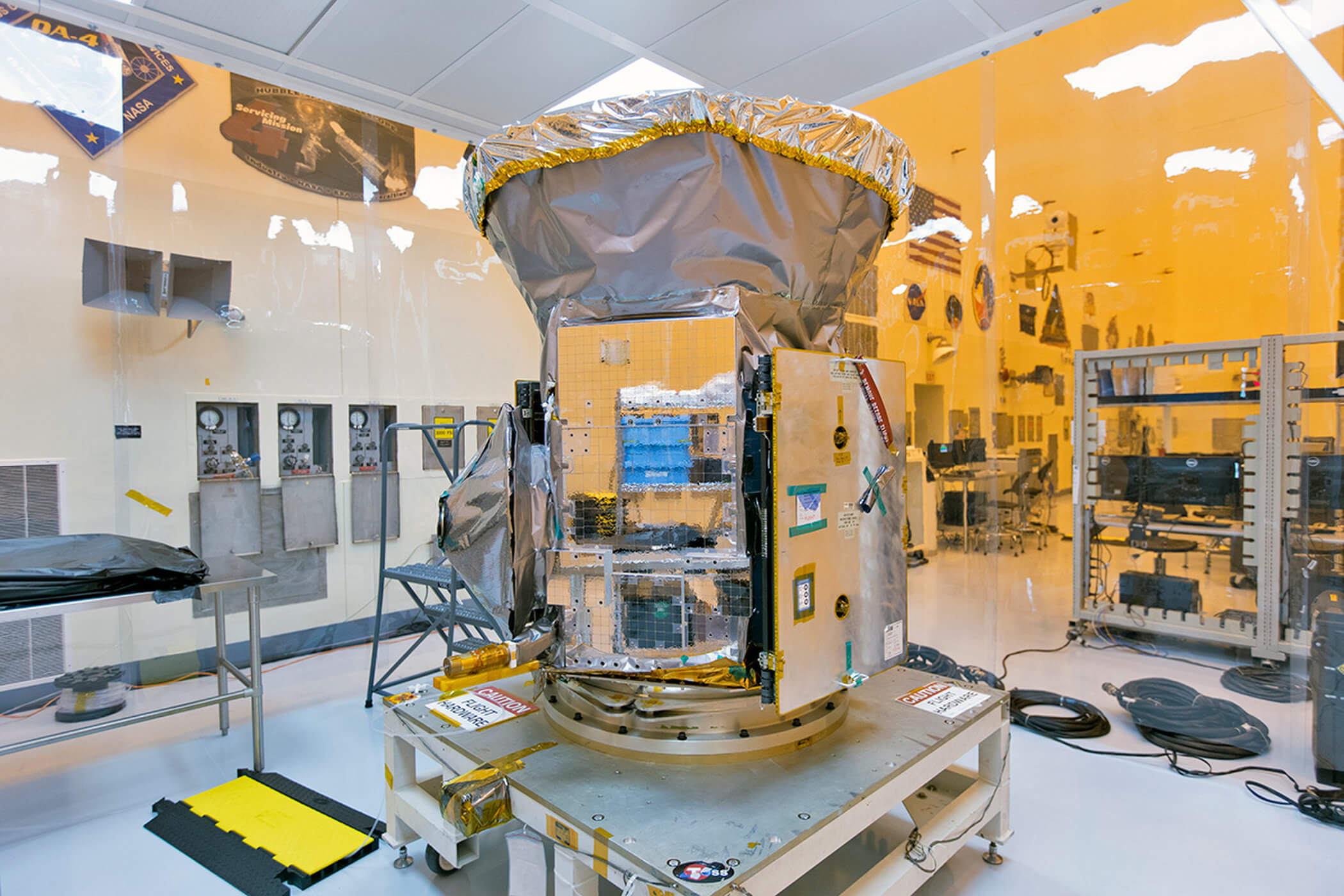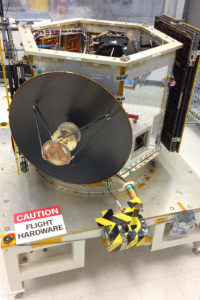
NASA has discovered an evaporating super-Earth
 25. 09. 2018
25. 09. 2018

The new NASA mission announced the discovery of its first foreign world - "Super-Earth." However, according to new findings, it is likely to evaporate under the influence of the temperature of its star.
NASA and its satellite TESS
The TESS (Exoplanet Survey) launched a missile into the Earth's orbit SpaceX Falcon 9 on 18. April 2018. The Space Telescope analyzes several hundred thousand brightest stars around the Sun and looks for slight decreases in their brightness caused by the passage of their Earth-sized planets.
Thanks to TESS, scientists have discovered a new star planet Pi Mensae, also known as HD 39091, roughly 59,5 light-years from the Earth in the constellation Canteen. Pi Mensae is a yellow dwarf star (like the Sun) and the second brightest among the stars known to have transit exoplanets.
List of potentially habitable exoplanets see <a href="https://cdn.shopify.com/s/files/1/1932/8043/files/Odstoupeni_od_smlouvy_EN.pdf?v=1595420299" data-gt-href-en="https://en.notsofunnyany.com/">HERE</a>.
Earlier research in Pi Mensae has reported a gas giant about ten times larger than Jupiter. This exoplanet, called Pi Mensae b, has a very oval "eccentric" orbit, extending up to 3 astronomical units (AU) from the star. (One AU is the average distance between the Earth and the Sun - about 150 million kilometers.)
Now, scientists have discovered around Pi Mensae another world - Pi Mensae c
Now, scientists around the Pi Mensae have discovered another world - approximately 2,14 times the Earth's average and 4,82 multiples of Earth's mass. This super-Earth, called Pi Mensae c, orbits the star at 0,07 AU, more than 50 times closer than Mercury's orbit.
Overpasses are considered to be exoplanets whose mass does not exceed ten times the mass of the Earth.
Pi Mensae c is a super-Earth of a class of planets that is larger and more massive than our own world.
Head of study, Chelsea Huang of the Massachusetts Institute of Technology, said:
,, The density of Pi Mensae c corresponds to the characteristics of the planet, which is formed by water. However, it is likely to have a rocky core and an atmosphere of hydrogen and helium. We also think that this planet is now evaporating, due to the intense radiation from the host star. Future research should focus on the special arrangement of the two already known planets Pi Mensae. The oval orbit of Jupiter, similar to Pi Mensae b, is in marked contrast to Jupiter's circular orbit. This suggests that “something must have happened in the history of this planetary system that changed the orbit of a distant planet. If so, how did the internal system survive? These questions require further research, and understanding them will tell us a lot about the theory of planet formation. "
TESS continues in the footsteps of the iconic Kepler space telescope, which also discovered the 70 percent of the 3 800 exoplanet by the passage tracking method. If everything goes as planned, TESS overtakes Kepler's catch.
- TESS mission
- Partners and support for the TESS mission
- This image shows the TESS trajectory from the start to the final mission. The green line represents phase loops in front of a key lunar flight. The yellow line is the resulting trajectory of the ride and the red line shows the final orbit that no spacecraft has ever used.
- Engineers and technicians with TESS cameras before installing them on a spacecraft.
- Look at the TESS inside the PHSF at the Kennedy Space NASA Space Center in Florida.
- The TESS spacecraft is waiting to install cameras and other devices.





 1
1